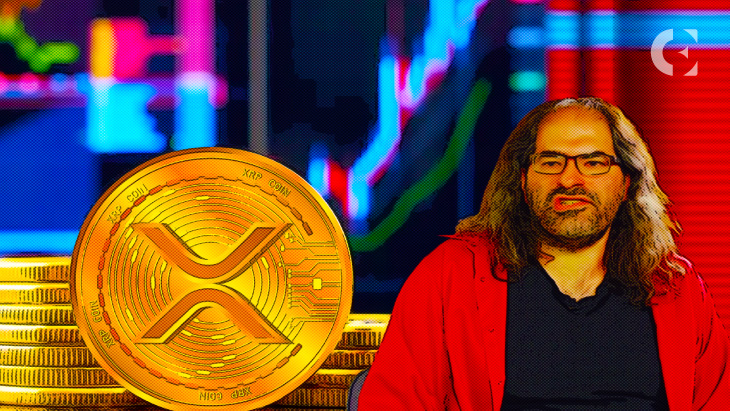- Ripple CTO David Schwartz argued any asset could qualify as a security under the SEC’s investment contract test.
- Schwartz argued that arts, baseball cards, and houses could qualify as securities since buyers purchase in hopes of future price increases.
- Promoters exert influence on the price of the assets by controlling their demand and supply, according to Schwartz.
Ripple Chief Technology Officer David Schwartz recently stated that a broad range of assets could qualify as securities under the U.S. Securities and Exchange Commission’s investment contract test, echoing growing demand for changes to the securities law in the country.
The investment contract test, also known as Howey’s test, is what the SEC uses in determining what qualifies as a security. The test has also been the subject of many of the regulator’s actions against crypto firms, most notably Ripple.
Schwartz noted these concerns with the SEC’s interpretation of the test in a debate on X. According to Schwartz, baseball cards and paintings qualify as securities so long as people buy them, hoping to sell them for profit at a later time.
“If I buy a painting by someone early in their career, you think I’m not speculating that their future works and promotions will increase the value of their early work? That’s exactly what people who buy early works speculate on,” he said.
Schwartz’s tweets came in response to an argument by another X user that certain assets can’t qualify as security since they are not “dependent on the work of a promoter.” The user argued further that the lack of dependency on a promoter is why houses, cards, and arts can’t be classified as securities too.
However, Schwartz countered the notion that promoters do not exert influence over the prices of the outlined assets. He argued, “If the publisher prints a million more cards, the value of the existing ones won’t drop? Don’t buyers rely on the efforts of the promoter to maintain scarcity and collectible status?”
He continued, “If I buy a baseball card in the hopes of a future profit, I’m hoping for a particular future relationship between supply and demand. At least 50% of that equation is wholly controlled by the promoter.”
Disclaimer: The information presented in this article is for informational and educational purposes only. The article does not constitute financial advice or advice of any kind. Coin Edition is not responsible for any losses incurred as a result of the utilization of content, products, or services mentioned. Readers are advised to exercise caution before taking any action related to the company.







